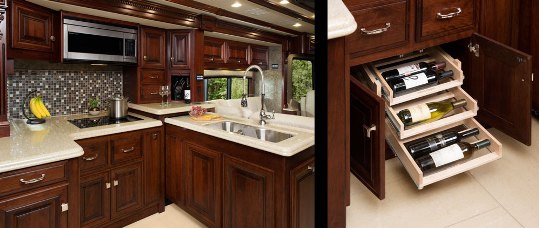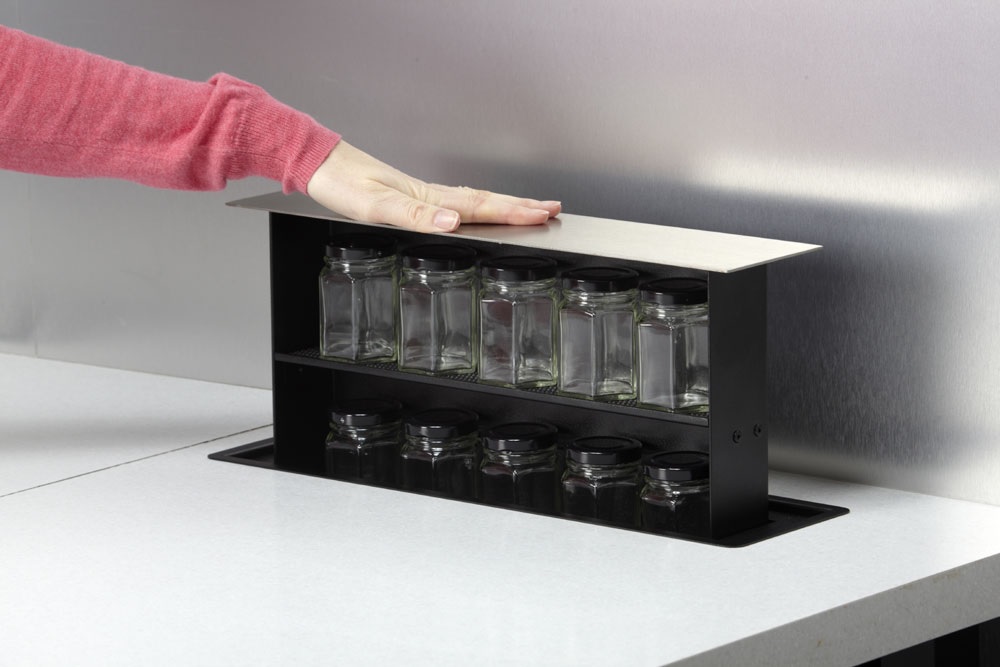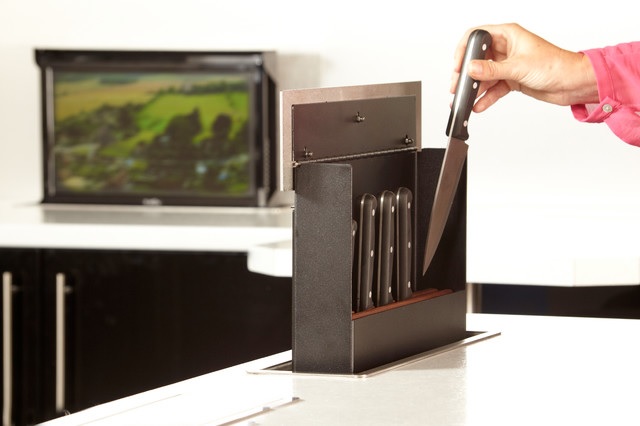Choosing a kitchen linear actuator
Linear electric actuators have a variety of applications such as in agriculture machinery, high voltage switch gear, train and bus door, medical machinery and commercial kitchen equipment. Their issue in improving safety, lowering noise, compactness and comfort. Each application has some specified requirement and. To choose linear actuator that is need to understand its basic need and evaluating some of parameters which brings out its capability. These qualities will be important in identifying the right one.
We must first understand the load specifications, power and controls. These will determine how far the actuator will move, how often it operates, life time expected, its mounting position and safety features. Its voltage/ power supply and space, all these are outer features of the kitchen design. When these factors are looked at the next stage is to identify the specific parameters such as power, its efficiency and application life. When considering power, we need to find the mechanical power out so as to determine if the available electrical power in the kitchen is sufficient.
The mechanical power defines the load to be moved and its speed of movement. Before installing, it is important to identify the duty cycle so as to know how many time the actuator will operate according to the activities in the kitchen. This will also determine how much time is to be between each operation as well as preventing the actuator from running hot. There is need to understand the lifespan of an actuator and its efficiency before installing in a kitchen. The specifications used in this are brakes power and battery life are important to know how long it will be used and reduce unreliability. The other factors which are minimal are technology level and design.







